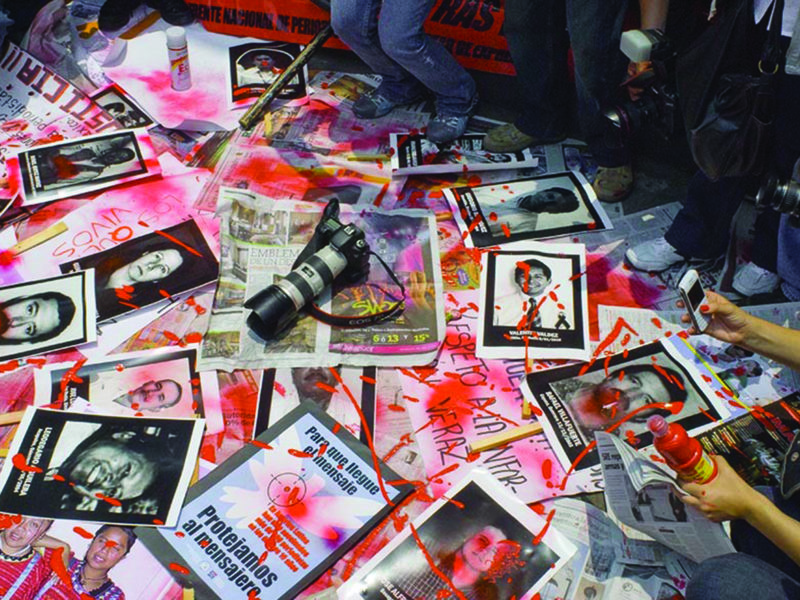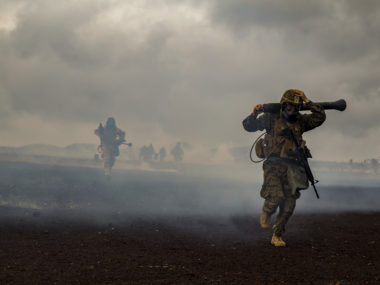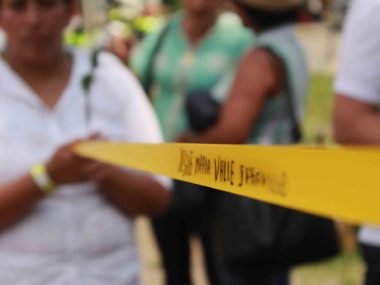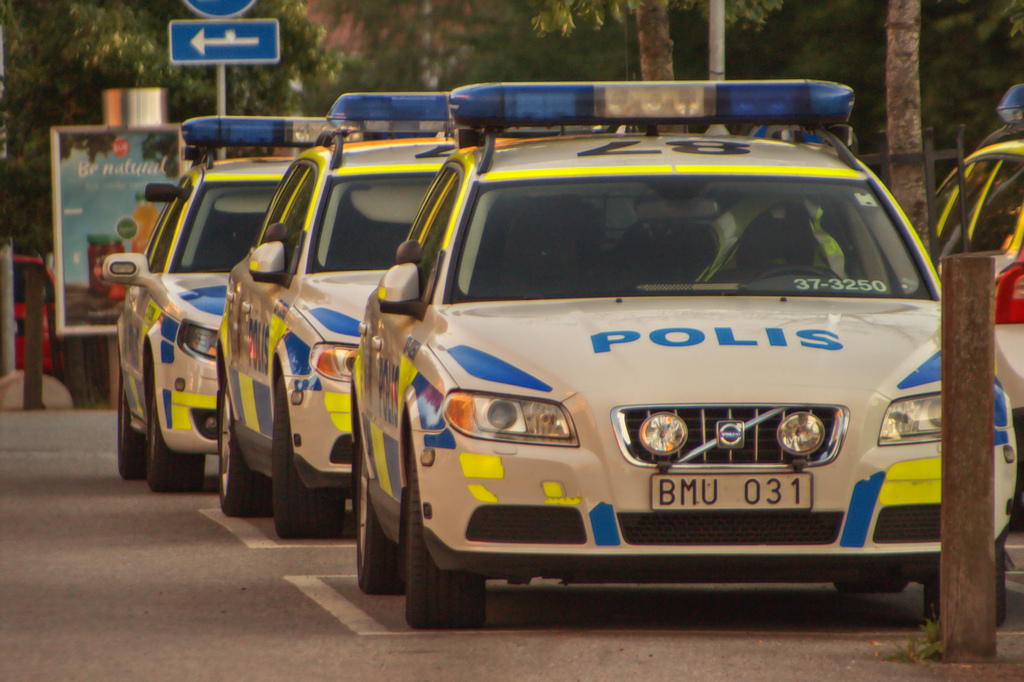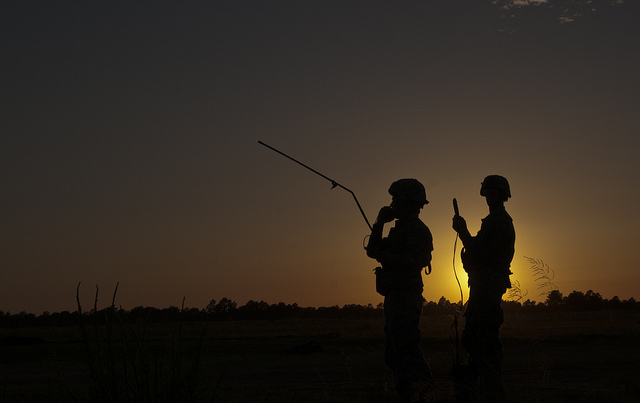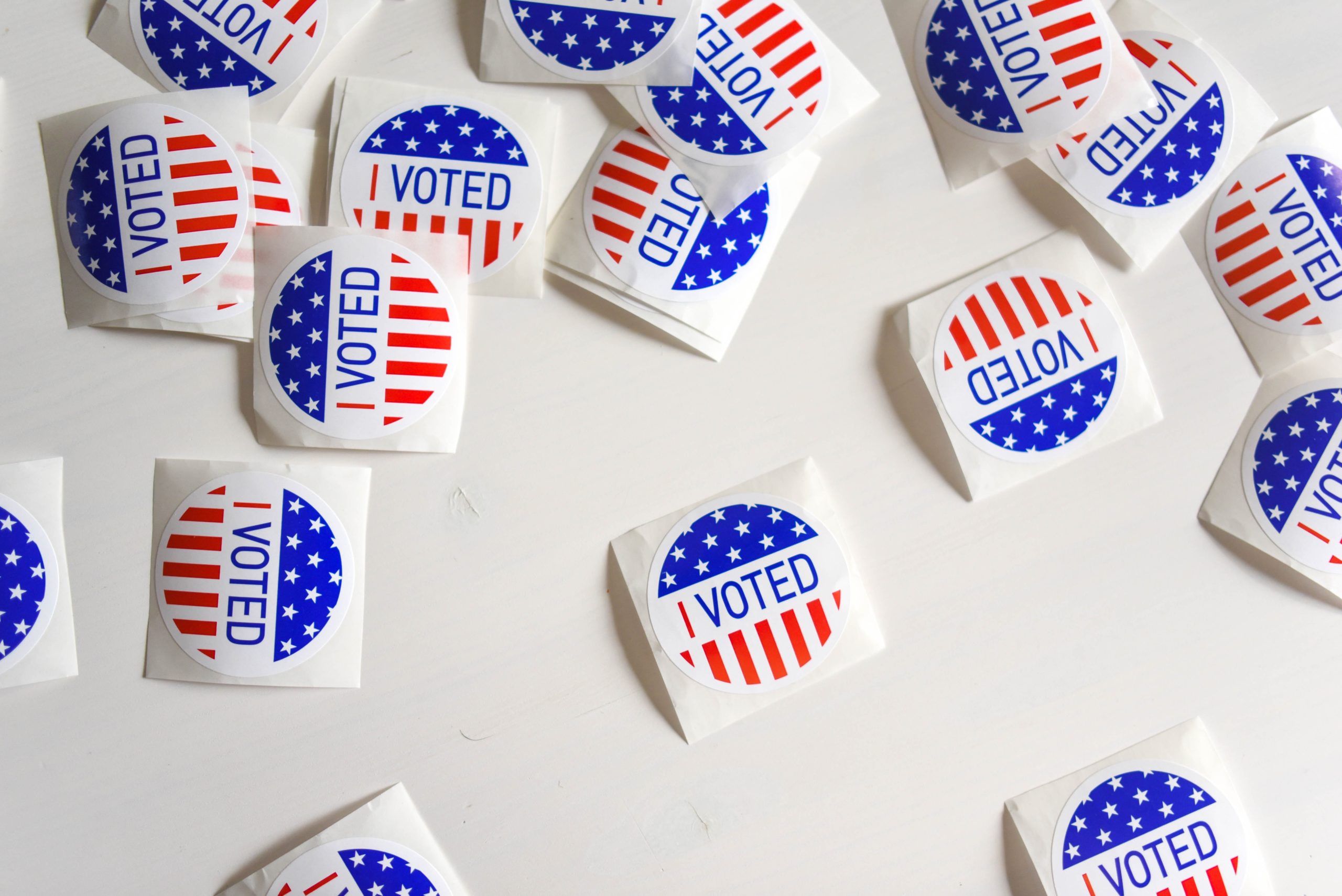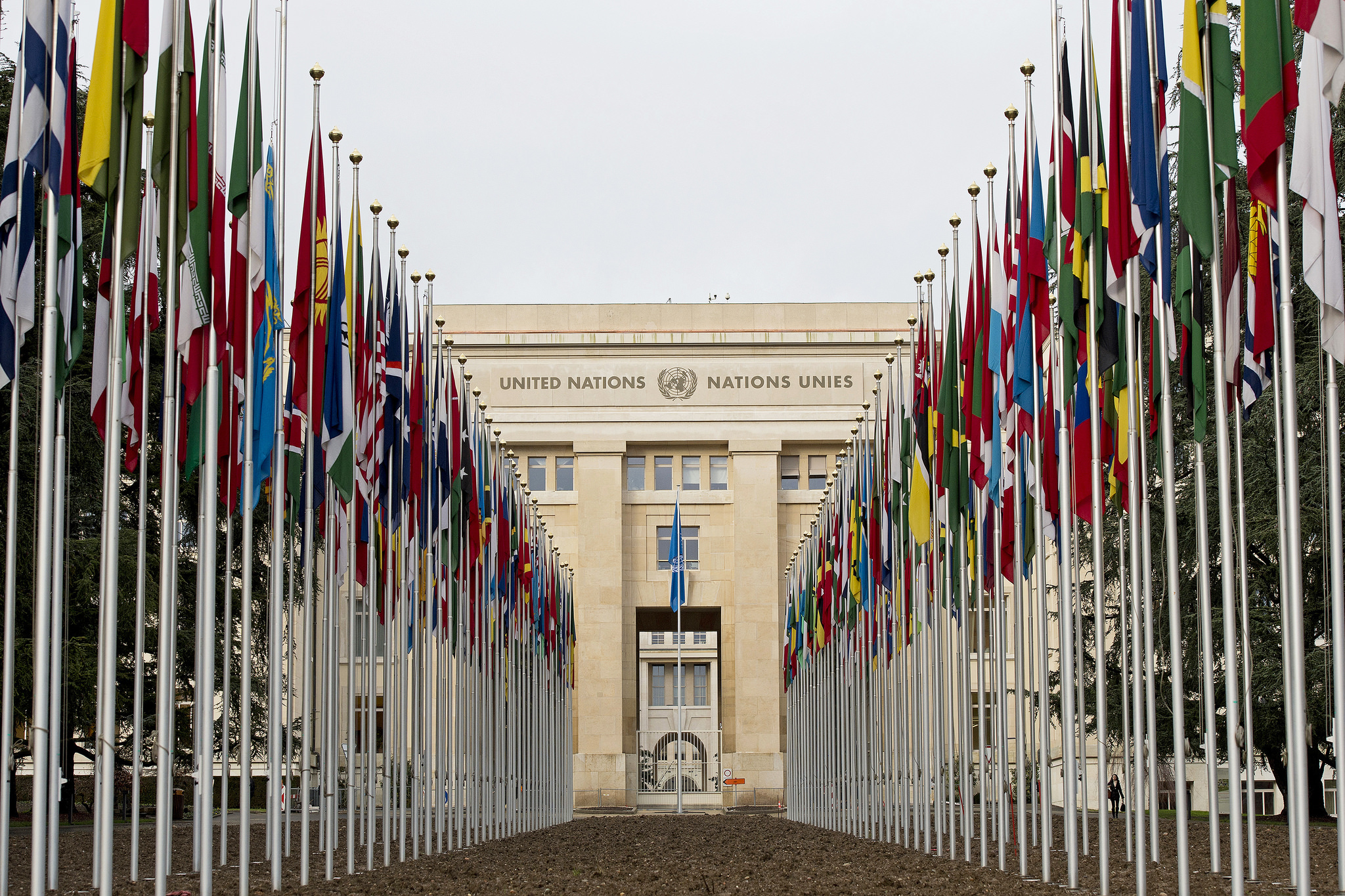Guest post by Cassy Dorff, Colin Henry, and Sandra Ley
According to the Committee to Protect Journalists, Mexico is one of the most dangerous countries in which to practice journalism. The murder of Miroslava Breach exemplifies the risky environment in which Mexican journalists work. After reporting on the collusion between organized crime and local politicians in Chihuahua state, Breach was shot eight times in her car outside her home by a member of a local criminal group. Her assassination remains unresolved by judicial authorities.
While journalists in Mexico have faced violent government repression for decades, they have been at a greater risk since 2006, when the Mexican government began an open confrontation against organized criminal groups and consequently intensified the competition among these organizations. As part of these turf wars, organized criminal groups have attempted to exert stronger controls over their territories, including control over the press and the flow of information. Criminal groups have an interest in media content because it can reveal their strategies or location, undermine the protection they receive from local politicians, result in unwelcome attention, weaken their territorial control, and put their criminal activity at risk.
Journalists’ reactions to targeted criminal attacks in Mexico have been diverse. Many journalists across Mexico admit to having to remain silent and avoid publishing information that could put them at risk. In 2011, as violence began to increase rapidly after the initial militarized response to organized crime under President Felipe Calderón, hundreds of newspapers, radio, and television stations made a public agreement to change their coverage of crime-related events. Among other things, these media outlets agreed to avoid using language used by criminals, omit publishing messages left by criminals, and make the perpetrators of violence clear to readers. The logic behind this collective compromise was to avoid being used as a propaganda tool by organized crime.
We know of only a few news organizations that have directly reached out to criminal groups to demand answers on how to protect reporters from further violence. The consequence of this strategy is unclear, since making such communications public naturally makes reporters even more vulnerable. When criminal groups do contact media outlets, it is to tell them what, how, and when to report violent events, but reporters continue to be targeted even when they comply with these rules.
Despite rising dangers and the allure of self-censorship, journalists in Mexico have continued to inform the public about crime and violence in their localities. How have the risks they face affected news coverage of these events? Our research answers this question, focusing on the case of Reforma, a national newspaper that is considered one of the most useful nongovernmental sources to systematically report on organized crime violence.
We wanted to know if a violent and risky reporting environment leads journalists to publish news stories with less specific details of armed actors as a way to protect themselves and continue publishing about risky topics. We collected over eight thousand crime-related stories published in Reforma from 2006–2016. For each story, we measured the level of reporting specificity—i.e., explicit references to the names of perpetrators and victims. We found that as violence against journalists increases, the specificity of crime-related articles decreases. However, we also found that as the homicide rate increases, specificity increases. This means that journalists respond to two pressures: as general violence increases, journalists keep the public informed and report more details, but they still remain sensitive to the direct risks they face by writing less specific articles when violently targeted.
How can reporters continue to publish crime-related stories and remain safe, despite rising threats against members of the media? According to sources at Reforma, the newspaper editorial board aims to publish all relevant articles on crime but will omit the reporter’s name if the story contains sensitive information that could put the reporter at a greater risk. Our data confirms that this approach is common: anonymous bylines and specificity are positively correlated. The journalists we interviewed mentioned other protection strategies, as well. For example, when journalists are too exposed through their coverage of security-related issues, they are sent to report other kinds of news.
When violence against journalists successfully influences media coverage it has important consequences for society. As Gohdes and Carey show in their research on repression, the killing of a journalist is a sign of “deteriorating respect for human rights” in a country. Furthermore, in a democracy, journalists’ persistence in covering violent events can affect the electoral fortunes of incumbent authorities, who can then threaten journalists and explicitly ask them to stop such reporting or simply block their access to crucial sources of information. Our research suggests it is not only governments who directly repress the media, but also other actors who influence the deterioration of free speech.
Journalists across the globe face a diverse repertoire of violence, from militants and terrorists posing physical integrity threats in Iraq to online extremists engaging in harassment, death threats, and the “swatting” of journalists in the United States. Our study suggests that journalists in Mexico are taking actions to protect themselves and allow them to continue to report on crime. These protection strategies seem to allow for greater freedom of speech and a higher level of detail when reporting about violent, non-state armed actors.
Cassy Dorff is Assistant Professor of Political Science at Vanderbilt University. Colin Henry is Ph.D. Candidate in Political Science at Vanderbilt University. Sandra Ley is Associate Professor at the Political Studies Division at the Center for Research and Teaching in Economics (CIDE) in Mexico City.

